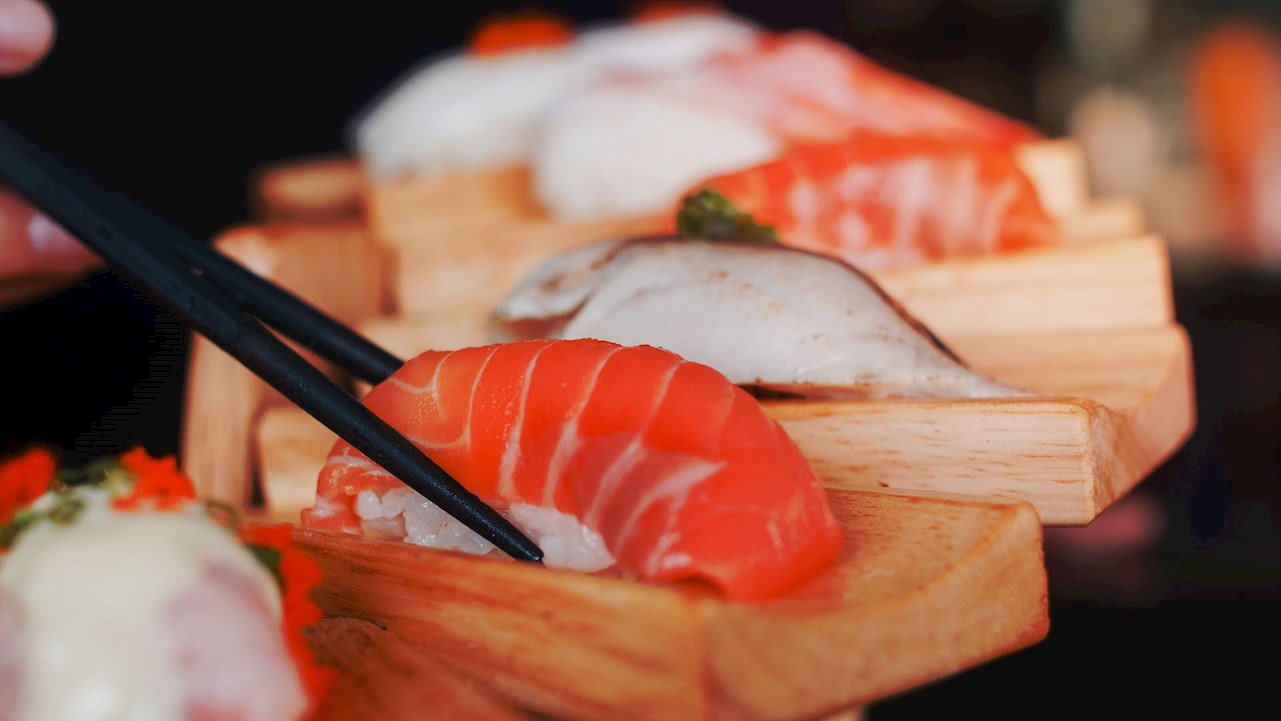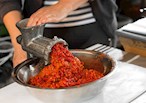Sushi, a celebrated component of Japanese cuisine, transcends mere food to become a symbol of cultural heritage and gastronomic artistry. At its core, sushi is a dish comprised of vinegared rice paired with various ingredients, most commonly fish and seafood. However, the simplicity of this definition belies the depth and diversity found within sushi’s many iterations.
Sushi’s origins are modest and practical, with its inception rooted in the need to preserve fish in fermented rice. Over time, this practicality evolved into an artful culinary tradition, with the contemporary form of sushi, often enjoyed as Edomae-zushi, diverging from its preservation-oriented predecessors to prioritize aesthetics, flavor balance, and freshness.
Sushi casts a wide net across the culinary spectrum, presenting a diverse array in forms and flavors. From the simplicity of sashimi, which elegantly displays the freshness and quality of fish, to the meticulously crafted nigiri, and the globally-adapted rolls, sushi offers a breadth that caters to varying palates. Ingredients span from the traditional—like tuna and prawns—to the exotic, such as sea urchin and blowfish, offering a depth and variety that beckons exploration.
While enjoying sushi can be a delightful and enriching experience, there's an underlying etiquette and knowledge that enhances its enjoyment. As sushi bars and restaurants proliferate globally, avoiding common sushi-eating mistakes can elevate your dining adventure and deepen your appreciation for this culinary tradition.
Here are five things you should NEVER do when eating sushi.
1. Drown sushi in soy sauce
The caution against overusing soy sauce, a component often tempting due to its rich umami flavor, underscores the respect for the culinary expertise inherent in sushi preparation and the subtle flavor profiles intended to be experienced.
A slight dab is usually sufficient to elevate the sushi's flavor without overpowering it. It is also important to know that you always dab the fish or nori into the soy sauce and never the rice, because rice acts like a sponge and can soak up much more than you intended.
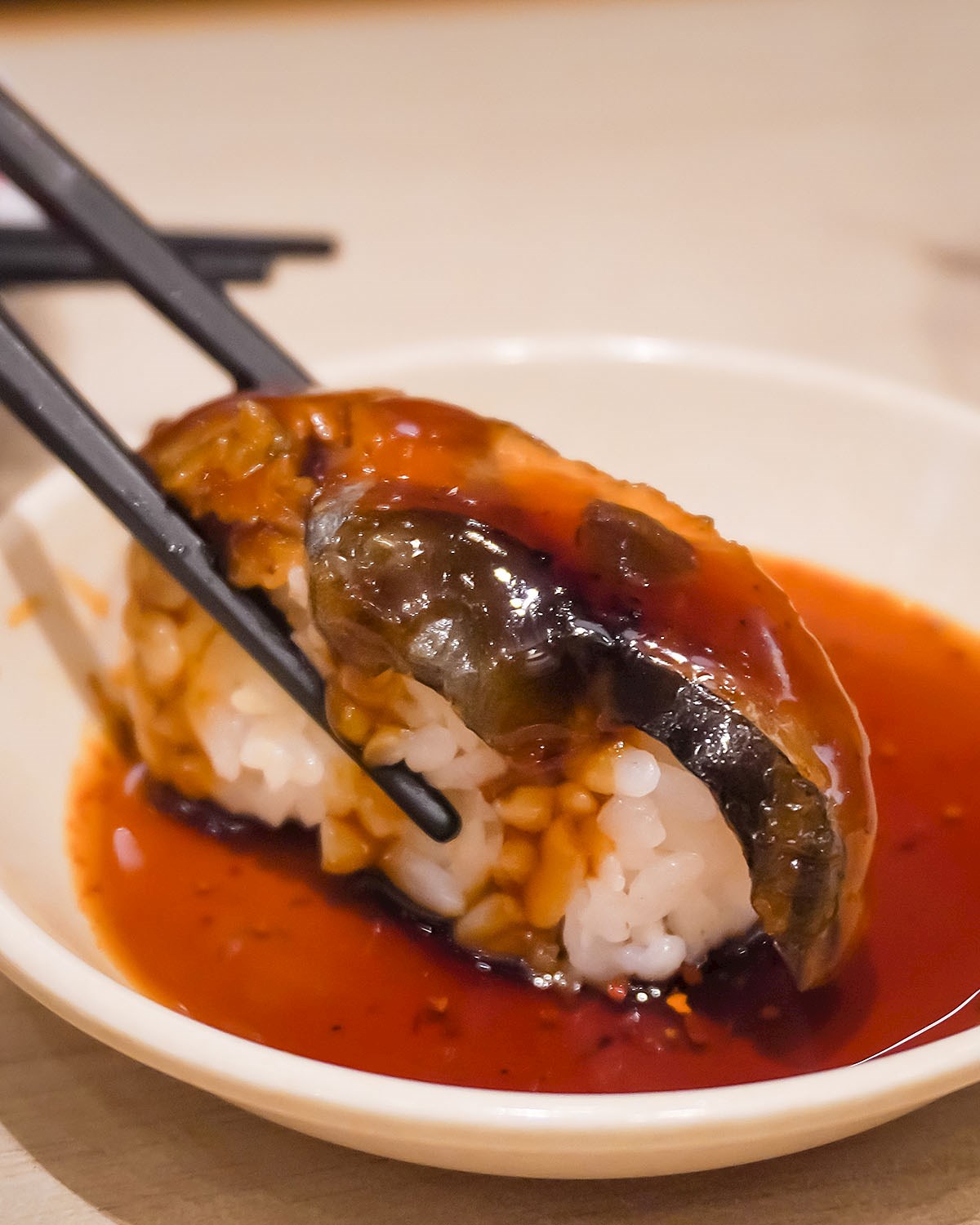 Credits: Shutterstock
Credits: Shutterstock
2. Mix wasabi into soy sauce
Mixing wasabi directly into soy sauce, a common practice among sushi enthusiasts seeking an extra kick, is discouraged by culinary experts, as it disrupts the carefully balanced flavors that sushi chefs curate by applying a precise amount of wasabi to the sushi. The sushi chef has already considered and applied the appropriate wasabi quantity for each specific fish in nigiri, ensuring an optimal balance of flavors.
Furthermore, many wasabi offerings, particularly outside of Japan, are not genuine wasabi but are concocted from a blend of horseradish, mustard, and food coloring, altering the traditional flavor profile and potentially overwhelming the delicate tastes of the sushi.
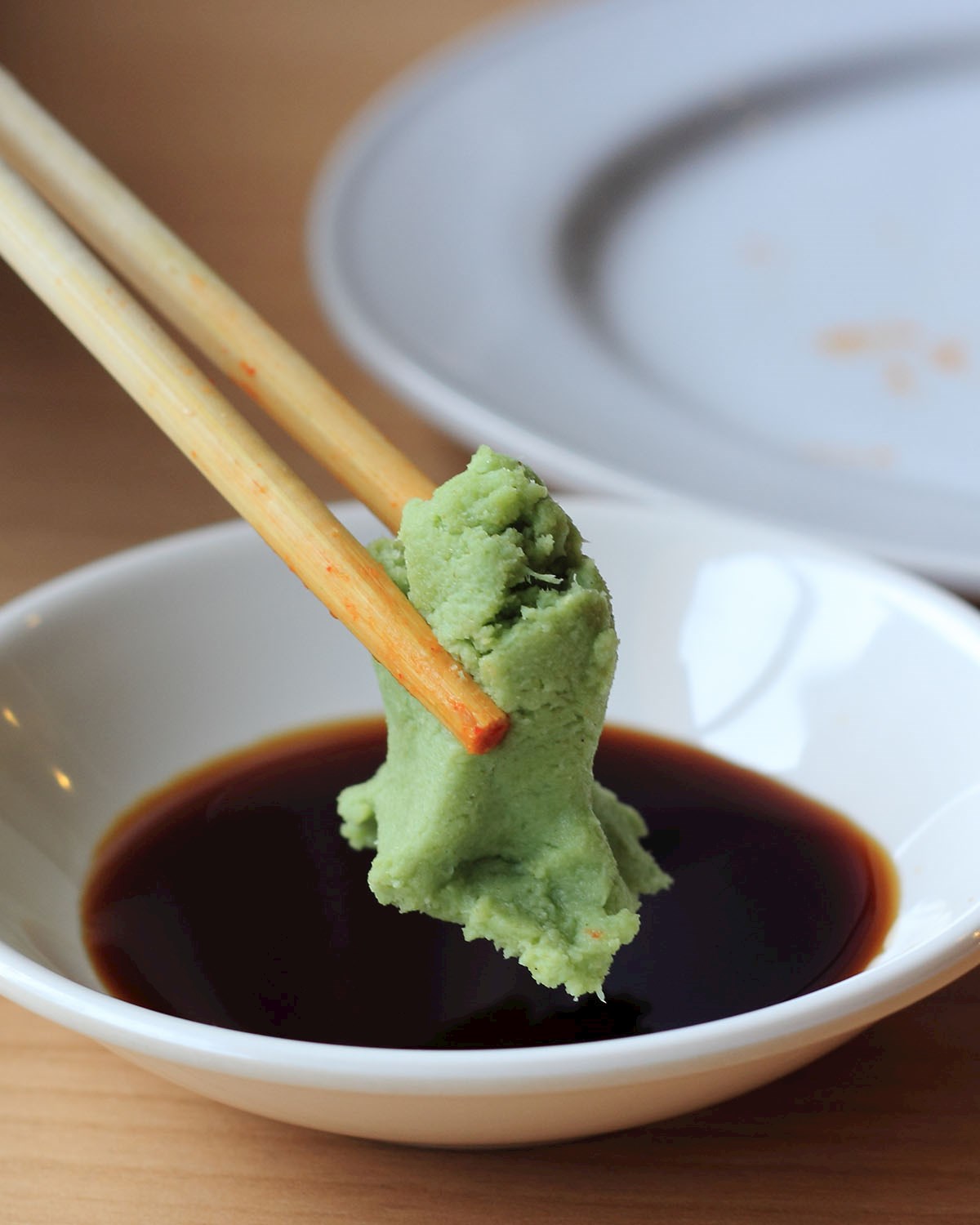 Credits: Shutterstock
Credits: Shutterstock
3. Use chopsticks incorrectly
Using chopsticks improperly can not only be viewed as rude and unsanitary but also potentially invoke bad luck, with certain missteps like sticking them upright in rice or passing food from chopstick to chopstick being taboo due to their associations with Japanese funeral rituals.
It's crucial to avoid actions like using a single chopstick to spear food, using them as a knife, placing them across a bowl unless finished eating, and gesturing with them, all to maintain respectful dining etiquette. When it comes to the everlasting debate on using chopsticks at all (especially for nigiri and maki), it is still undecided: elite sushi chefs pack the rice more loosely, so it would be preferred to handle the morsel gently with your fingers, but if you are skilled with chopsticks, you can definitely use them.
 Credits: Shutterstock
Credits: Shutterstock
4. Put the pickled ginger on sushi
Placing pickled ginger directly on sushi is considered bad manners and disrupts the intended flavor balance of the dish. Pickled ginger should be eaten between different pieces of sushi to cleanse the palate and allow the diner to fully appreciate the distinct flavors of each type of fish.
Hence, while appreciated for its tangy, refreshing quality, pickled ginger should be enjoyed in its correct contextual use to respect the culinary norms and experience the full array of sushi flavors.
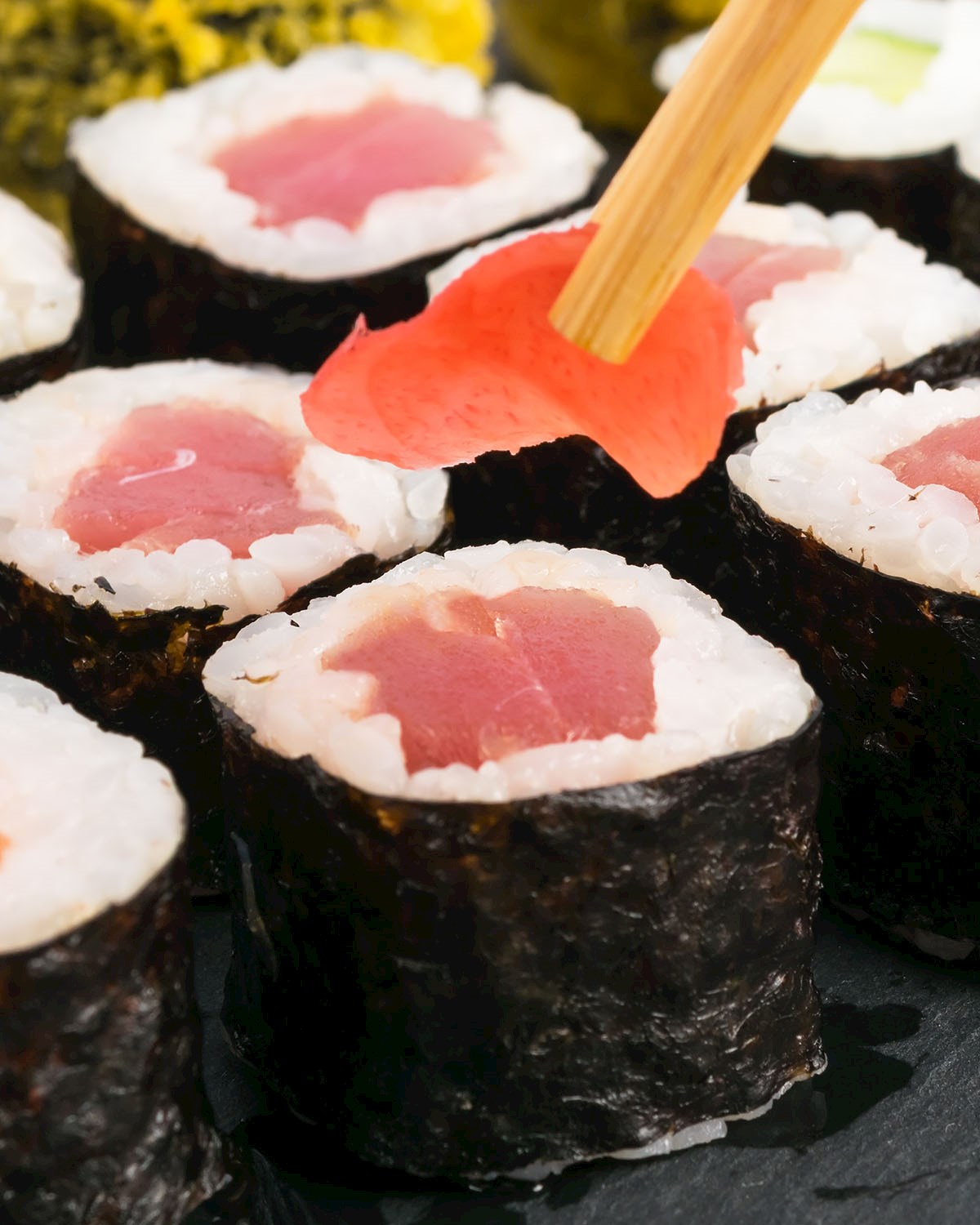 Credits: Shutterstock
Credits: Shutterstock
5. Eat it in more than one bite
Eating sushi, particularly nigiri, in one bite is essential to preserving the intentional harmony of fish, rice, and wasabi, as biting it halfway disrupts the carefully crafted balance and portions of the elements.
Furthermore, not only does partaking sushi in a single bite uphold the flavor experience, but it also adheres to cultural etiquette, since splitting a piece of sushi is considered impolite and can be perceived as insulting to the chef. Should a piece feel too large, it is more respectful to request a smaller portion from the chef, ensuring that the intricate balance of flavors and respectful dining practices are maintained.
 Credits: Shutterstock
Credits: Shutterstock
Some other actions that are considered faux pas while eating sushi include taking too much time with each piece (especially at the elite restaurants, where sushi chefs dictate the tempo to ensure the best experience for your palate), drinking sake (pairing beer or wine with rice is better than pairing it with rice beverage), and licking your chopsticks (use a napkin).
